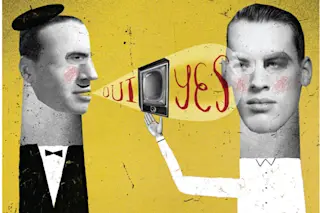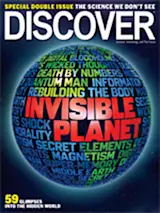A few months ago, I was hanging out at a cool-sounding conference in a gullible part of the country, tweeting to other attendees about how the session on “How Twitter Is Changing Your Life” was changing my life, when a thought occurred to me. I can effortlessly keep 24/7 tabs on every atomic-scale movement of my Facebook friends, but I still cannot go online to track down the things I really want to find—like my car keys, my iPod, and my long-missing Lord of the Rings embroidered-denim jacket.
It turns out I soon will be able to do exactly that, owing to the coming of something called the Internet of Things. Instead of connecting online with other people—who very likely are zombie spambots peddling pregnancy hormones as diet aids, or zombie humans insisting that the president of the United States is an alien—we will link up with the objects we ...















